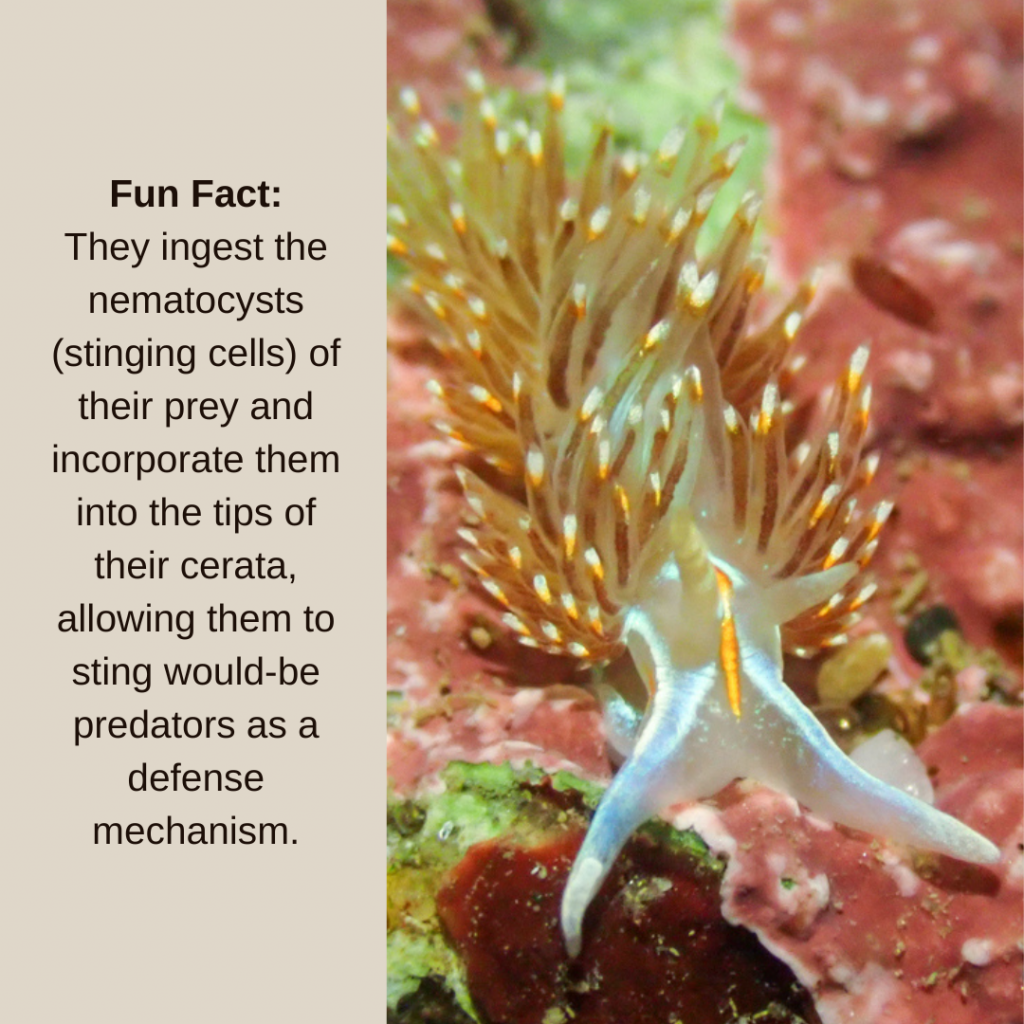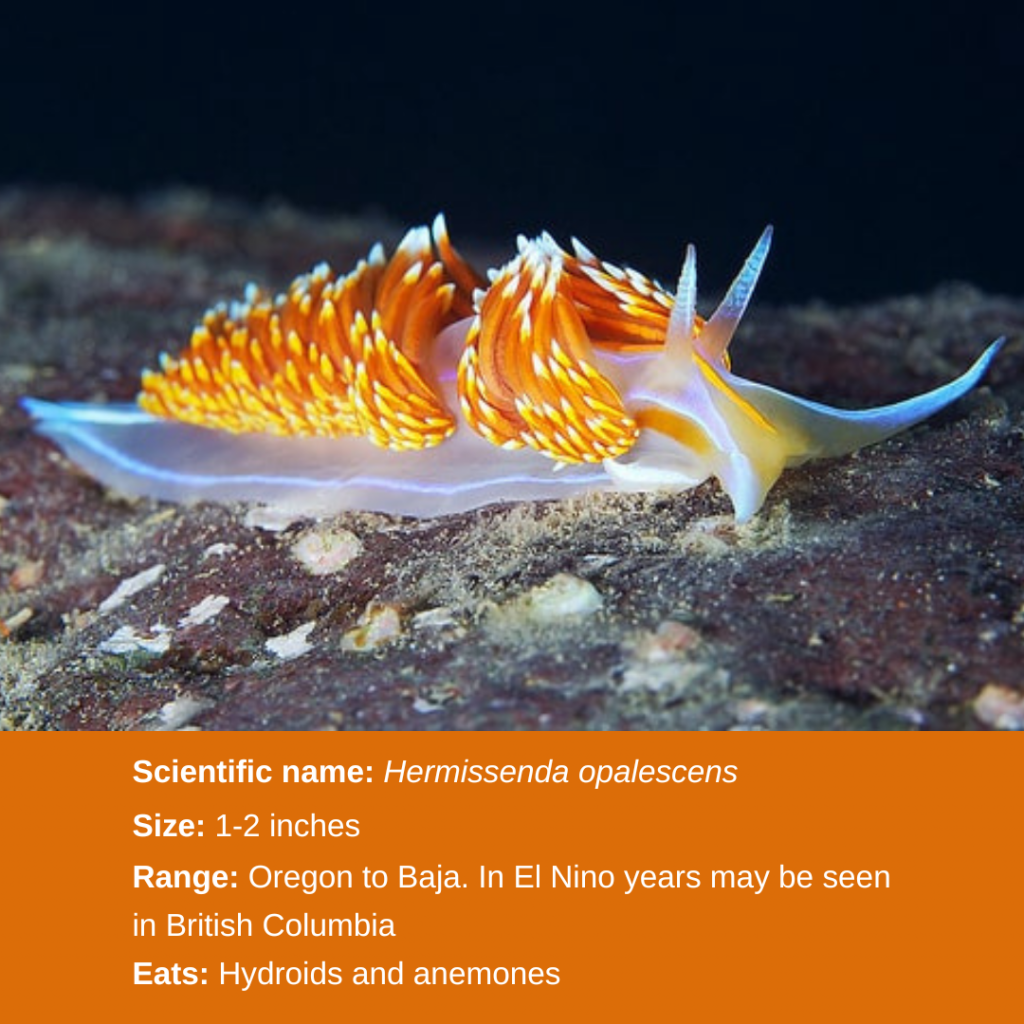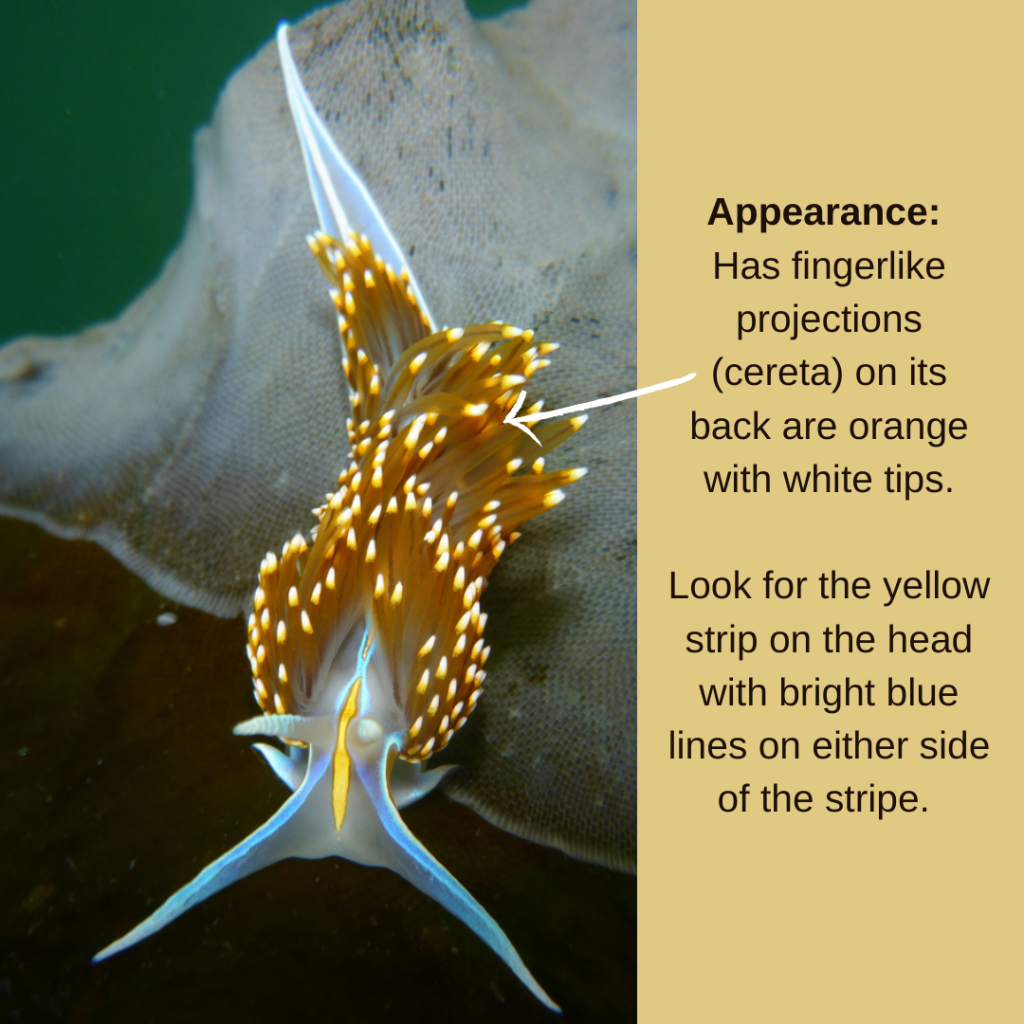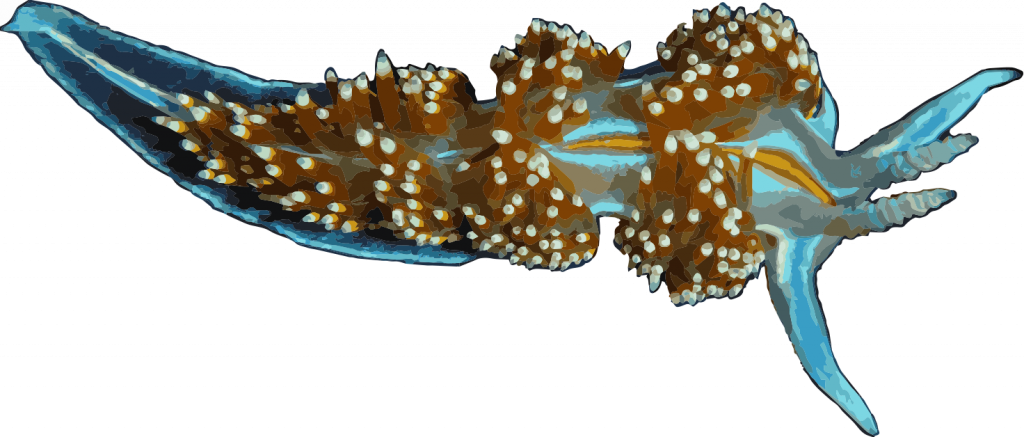Learn About The Opalescent Nudibranch
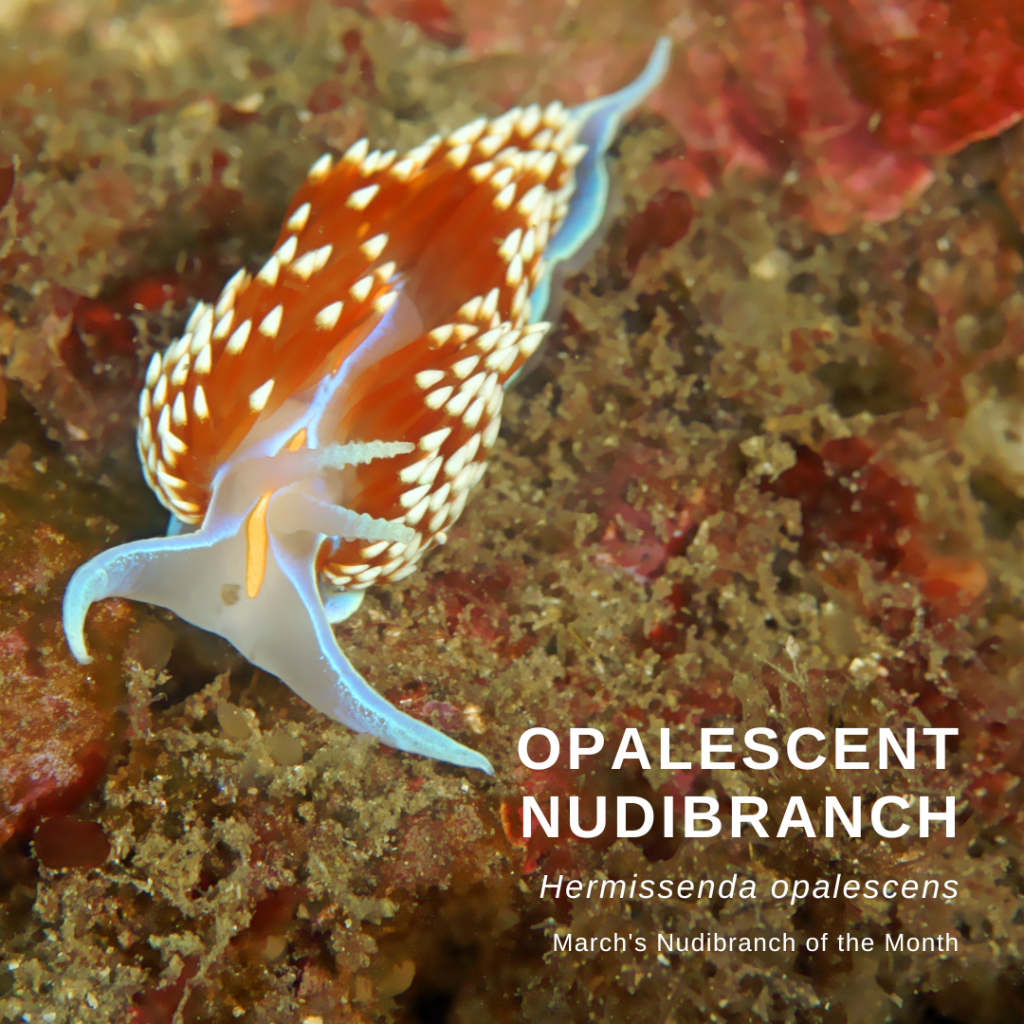
If you’re looking for a unique and colorful sea creature to learn about, look no further than the opalescent nudibranch. With its striking appearance and fascinating behaviors, this creature is sure to capture your attention and heart.
The opalescent nudibranch, or Hermissenda opalescens, is a type of sea slug that can be found along the west coast of North America, from Oregon to Baja California. During El Niño years, they may even be spotted as far north as British Columbia. It may also be seen during very low tides along the San Mateo coast at Rockaway Beach, Fitzgerald Marine Reserve, and Mavericks Beach.
One of the most distinctive features of the opalescent nudibranch is the finger-like projections, called cerata, on its back. These cerata are orange with white tips and are used for respiration and defense. The opalescent nudibranch also has a yellow stripe on its head, with bright blue lines on either side of the stripe, making it a colorful addition to any underwater environment.
While their appearance is striking, their eating habits are equally fascinating. The opalescent nudibranch feeds primarily on hydroids and anemones, ingesting the stinging cells, called nematocysts, of their prey. These stinging cells are then incorporated into the tips of their cerata, allowing the opalescent nudibranch to defend itself against would-be predators with a powerful sting.
Despite their potentially harmful defense mechanism, opalescent nudibranchs are harmless to humans and are a delight to observe in their natural habitat. These sea creatures typically grow to be about 1-2 inches in size, making them a perfect size for close-up inspection and observation.
If you’re lucky enough to spot an opalescent nudibranch during your next dive or beach-combing adventure, take a moment to appreciate its unique beauty and incredible adaptations. These fascinating creatures are a reminder of the incredible diversity of life that exists in our oceans, and the importance of protecting our marine ecosystems for generations to come.
